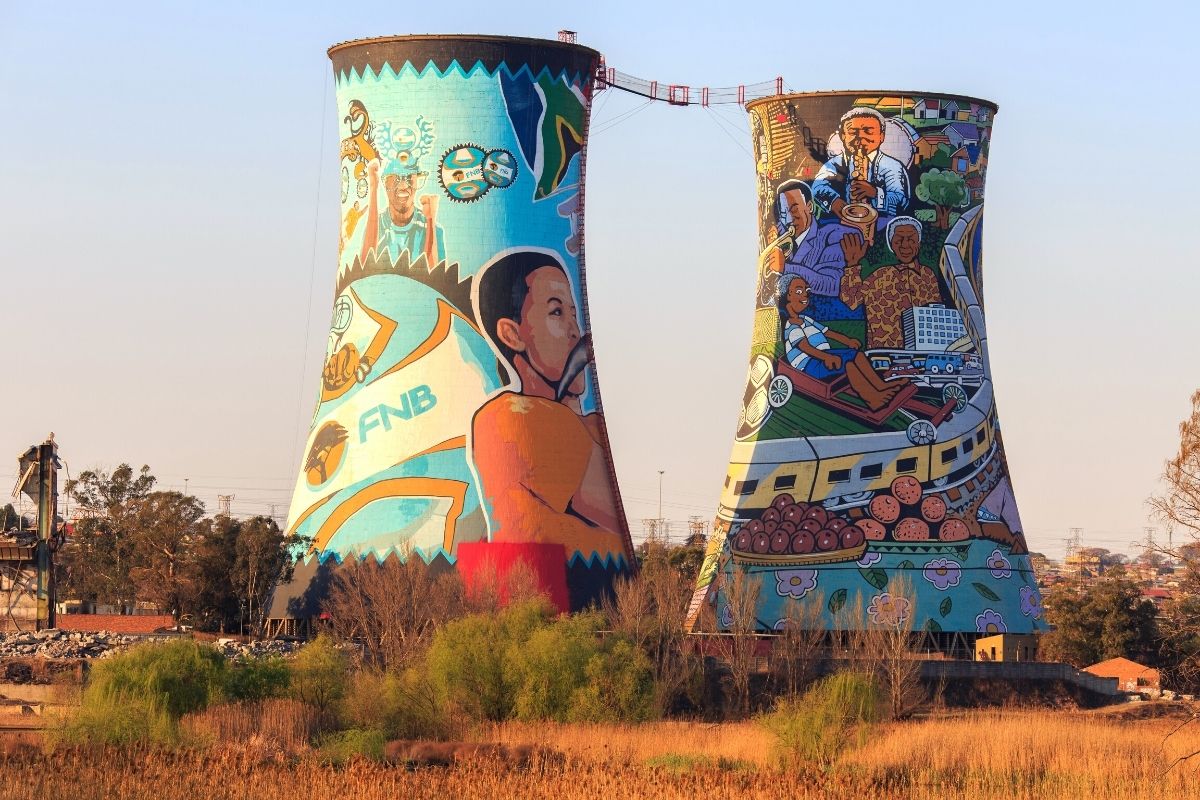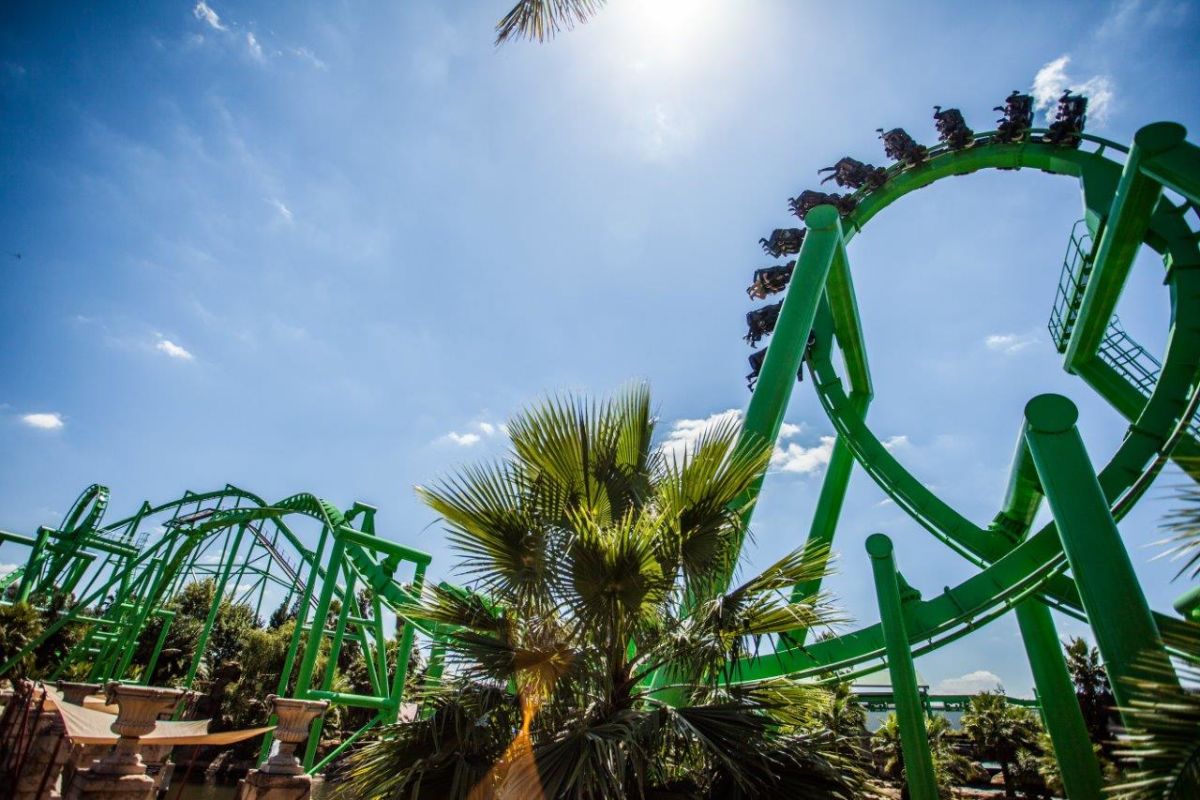A Biased View of Johannesburg North Attractions
Table of Contents8 Easy Facts About Johannesburg North Attractions DescribedNot known Incorrect Statements About Johannesburg North Attractions Some Ideas on Johannesburg North Attractions You Should Know6 Simple Techniques For Johannesburg North AttractionsExcitement About Johannesburg North AttractionsThe Only Guide to Johannesburg North AttractionsOur Johannesburg North Attractions PDFs
You ought to keep safety and security in mind and travelers need to stay alert at all times when in unfamiliar surroundings. Talk with the citizens when you remain in community to discover out about the area you are staying in. Johannesburg North attractions. When on the street (this does not apply to buying malls and other secure environments) ideal general recommendations is to try your best to look like a regional and to prevent showing any kind of wide range
Not known Incorrect Statements About Johannesburg North Attractions
Teacher Revil Mason O. J. (Thomson, 1946) checked out the Witwatersrand's pre-colonial history. His archaeological job exploded the 'em pty land' misconception, according to which the area was lacking human habitation prior to the arrival of European inhabitants. In his publications Prehistory of the Transvaal: A Record of Human Task (1962) and Beginnings of Black People of Johannesburg and the Southern Western Central Transvaal Advertisement 3501880 (1986 ), Professor Mason demonstrated the level of social and financial development in the area before Europeans established foot right here.

Some Known Questions About Johannesburg North Attractions.
In 1878, David Wardrop found gold in quartz veins at Zwartkop, north of Krugersdorp. In 1881, Stephanus Minnaar came throughout gold on the ranch Kromdraai, near the Cradle of Mankind.
In March 1886, a protrusion (soon to be called the Main Coral reef) was discovered, fairly luckily, on Gerhardus Oosthuizen's farm Langlaagte. Some claim that the Lancastrian coal miner George Pedestrian found this coral reef. One more itinerant English miner, George Harrison (who had formerly worked in Australian mines) acquired a prospecting permit in respect of Langlaagte in May 1886.
He chose to relocate on in a mission for greener fields, and disposed of his Langlaagte insurance claim for the baronial amount of 10. Alas: under lay the wealthiest goldfield ever found. The discovery of this abundant auriferous reef provoked a gold thrill that signalled completion of agrarian serenity in the southern Transvaal.
It would certainly, within six years, come to be the biggest town in southerly Africa. Within a decade, it would certainly make the Z. A. R. until after that an anarchical and insolvent little state the most affluent nation in Africa. By the turn of the century, the Z. A. R. was to surpass Russia, Australia and the United States of America to come to be the world's leading gold manufacturer, generating even more than a quarter of the world's gold.
The Ultimate Guide To Johannesburg North Attractions
It was called Ferreira's Camp, called after Colonel Ignatius Ferreira. He was a Boer adventurer upon whom the British authorities had actually presented the standing of Friend of the Most Distinguished Order of St Michael and St George (qualifying him to the post-nominal letters C. M. G.) in appreciation for his role in the battle that had deposed the Pedi king Sekhukhune in 1879.
2 various other other camps were developed: Meyer's Camp on the ranch Doornfontein, and Paarl Camp. The latter was nicknamed Afrikander Camp; several individuals from the Cape Swarm settled there.

Get This Report on Johannesburg North Attractions
This name gained currency by word of mouth, such that the State Secretary attested the name to the Mining Commissioner on 9 October 1886. Stands in the town were continue reading this auctioned on 8 December 1886. While some stands were cost 10, others were knocked down for as low as sixpence.
2 years later on, these erven were to transform hands for as much as 750 each. The tented camps dwindled as a dorp of corrugated iron buildings established and increased north of the mines situated along the Key Coral Reef Road. Areas such as Jeppe's Town (where working-class immigrants erected their houses) and Doornfontein (where the wealthy brand-new 'Randlords' started to create their opulent residences) were soon contributed to the ever-expanding map of the town.
Fascination About Johannesburg North Attractions
Apart from the street names, there were no indicators of Johannesburg being situated in a Dutch-speaking nation. Several years later, C. W. Kearns O. J. (one of the initial boys enrolled at St John's University in 1898) would certainly remember: 'An odd truth regarding Johannesburg was that, although it remained in the [Boer Republic], virtually everybody talked English and also the Government slaves resolved one in English, unless they were very first dealt with in the Taal (or Reduced Dutch)'.
Because of this, Britain had an interest in making certain ideal problems for gold production on the Witwatersrand, which the gold was exported to London instead of Berlin a necessary made even more clamant by the Z. A. R - Johannesburg North attractions.'s boosting toenadering with Germany. Mine proprietors got on a clash with Head of state Kruger, whose policy of monopolistic concessions (usually approved to his cronies) avoided mining firms from procuring materials of products (especially dynamite) and work by themselves, less expensive terms
The smart Trick of Johannesburg North Attractions That Nobody is Talking About
In 1890, the Volksraad had restricted the franchise to white men who had lived in the Z. A. R. for fourteen years or longer, therefore disqualifying most of the immigrants (who occurred to be the major contributors to the fiscus). Nevertheless, anxiety for the ballot was a plain pretext for advertising a different program; many uitlanders regarded themselves as momentary visitors and had no objective of staying in the Z.